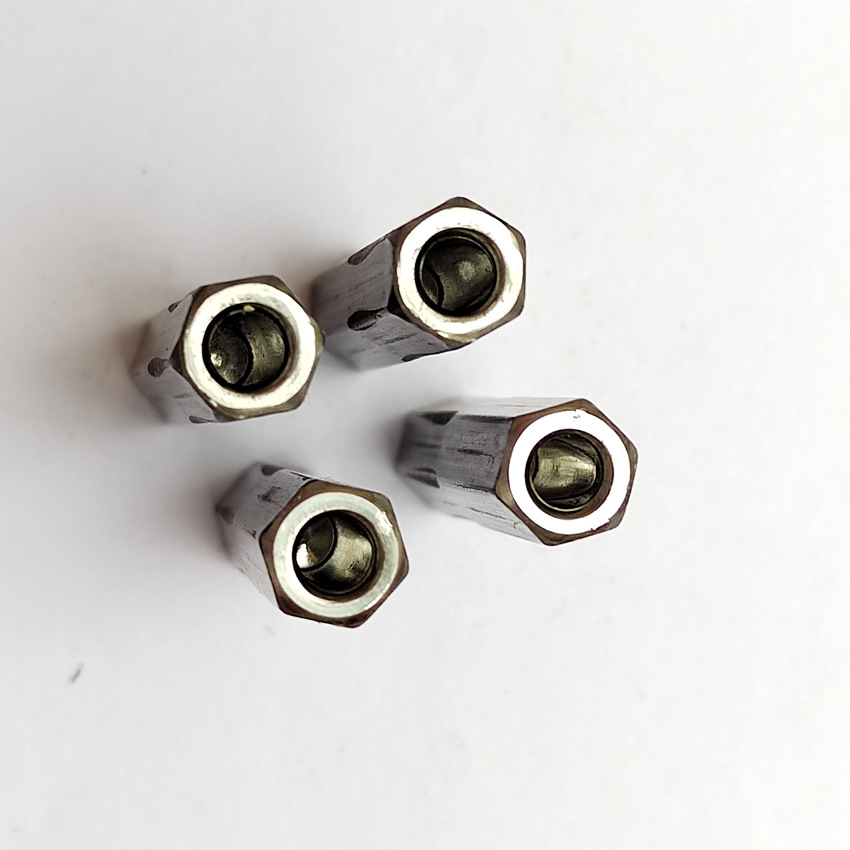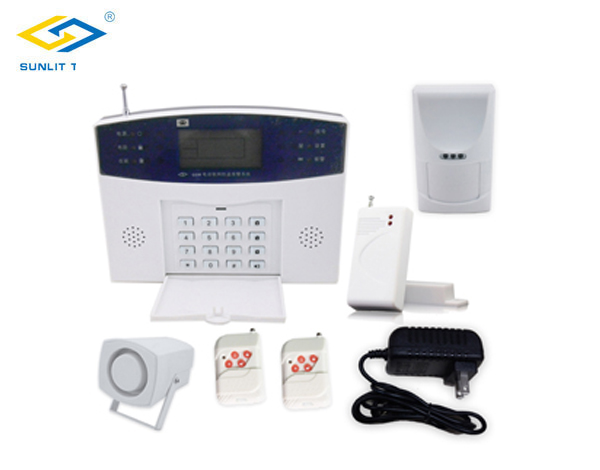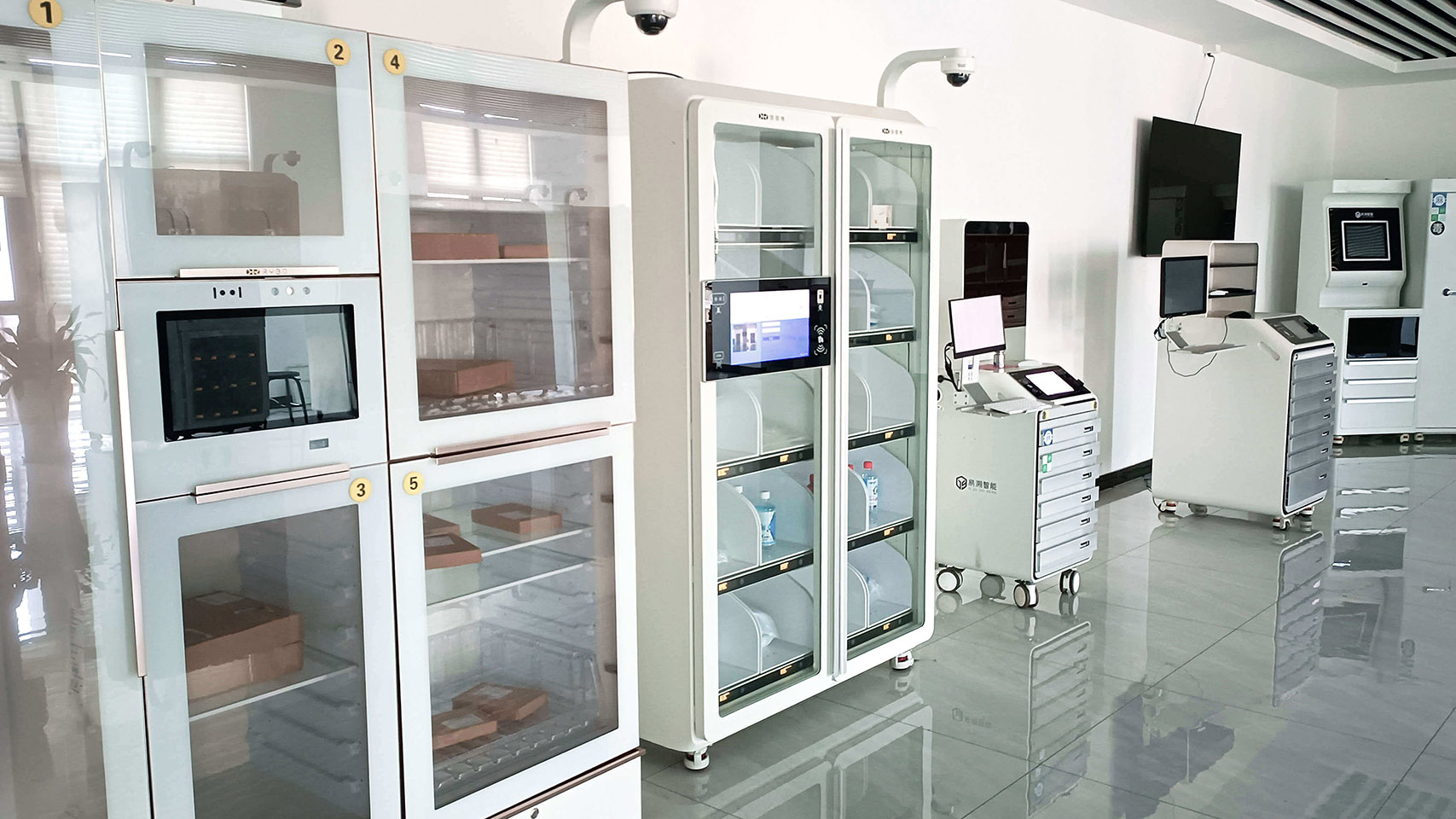The security system is a system that we must learn when we enter this industry. So what subsystems does the security system contain? What does the security alarm system bring us? With the accelerated development of the domestic urban process, home security has gradually received attention from everyone. Especially in the field of anti-theft alarm, the application scope is becoming more and more extensive, from the previous single anti-theft function to the current anti-theft, monitoring, and alarm functions. At present, it is most used in high-end residential areas and villa areas. With the demand of the market, it is gradually moving towards the field of building security, and the home alarm system guarantees the safety of our lives and property.In view of the actual needs of society, wired PIR motion sensor We need to change some original problems to better serve the society and benefit people. https://www.sunlit-tech.com
What does the security alarm system bring us?
The home alarm system provides us with three types of protection: security alarm, fire protection, and monitoring protection.
01 Anti-theft
The smart home system will automatically turn on the “away mode” or “sleep mode”, and users no longer have to worry about forgetting to close the doors and windows when going out or sleeping. It is no longer a new thing.
02 Fire protection
The kitchen smoke concentration control and alarm system, combustible gas leakage identification alarm technology, automatic water supply system, etc. are all things that owners should pay attention to when designing smart home solutions.
03 Monitoring and Guardianship
The monitoring system is also something that most smart homes need to consider when designing and installing. This system will automatically detect the elderly’s body temperature, pulse and other key health parameters, and send them to the smart home management platform and medical rescue center for rapid detection of suspicious and critical situations, and automatically activate the alarm system when necessary. It is very critical for villas with elderly people at home.
Wired Pet Immunity PIR Detector.jpg
What functions does the security alarm system include?
The security alarm system is one of the important components of smart homes. The intelligent residential security system has a high level of automation technology and complete functions, and is highly safe and reliable. The anti-theft and disaster prevention alarm devices of each household unit are connected to the monitoring computer of the community management center through a network system to achieve uninterrupted monitoring. Security alarms include: access control system, infrared, door magnetic alarm, fire alarm, gas leak alarm, emergency assistance, closed-circuit television monitoring, perimeter anti-intrusion alarm, intercom anti-theft door system, etc.
Alarm Motion Detectors.jpg
01 Access control system
A pair of door magnets are installed in the center of the door frame of the resident’s room door. The resident can open the door normally with a key. If illegal prying occurs, the access control system will send an alarm signal and transmit the signal to the community property management center through the home anti-theft host, telling the duty personnel which building and which household has what type of alarm. The duty personnel can dispatch security personnel to the scene in time to deal with it.
02 Infrared and door magnetic alarm
Install infrared detectors (or glass breakage detectors) and door magnetic switch alarms at the location of the door (or window) that is easy to invade. When the suspicious person pries the door (opens the door) or breaks the window to enter the room, the monitor enters the working state and sends an audible and visual alarm signal. At the same time, the specific location of the building, unit, floor, resident and the basic information of the owner of the household are displayed on the monitoring host through the monitoring network system.
03 Automatic fire alarm
Intelligent smoke detectors are installed in residential stairwells, elevator vestibules, and living rooms. The intelligent smoke detectors are connected to the anti-theft and disaster prevention monitoring network system of the community management center. When a fire occurs, the sound and light alarm is activated to notify the residents and the community management center to take prompt measures to ensure the safety of the residents’ lives and property.
04 Combustible gas leak alarm
Install gas leak alarms in the kitchen and bathroom. When there is a gas leak, the alarm is triggered and the pipeline valve is automatically closed, the sound and light alarm is activated, and it is transmitted to the community management center at the same time, notifying the residents and the community management center to take prompt measures to ensure the safety of the residents’ lives and property.





